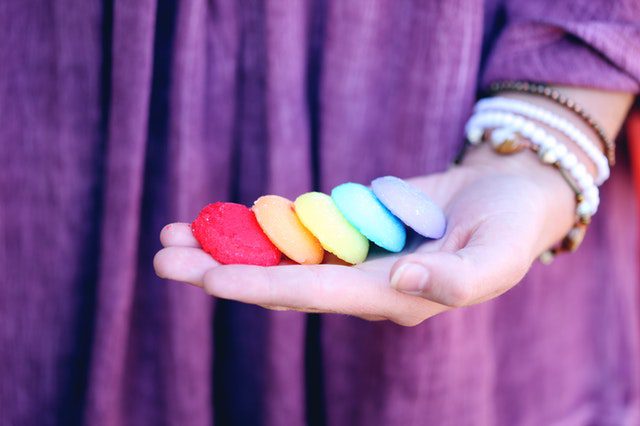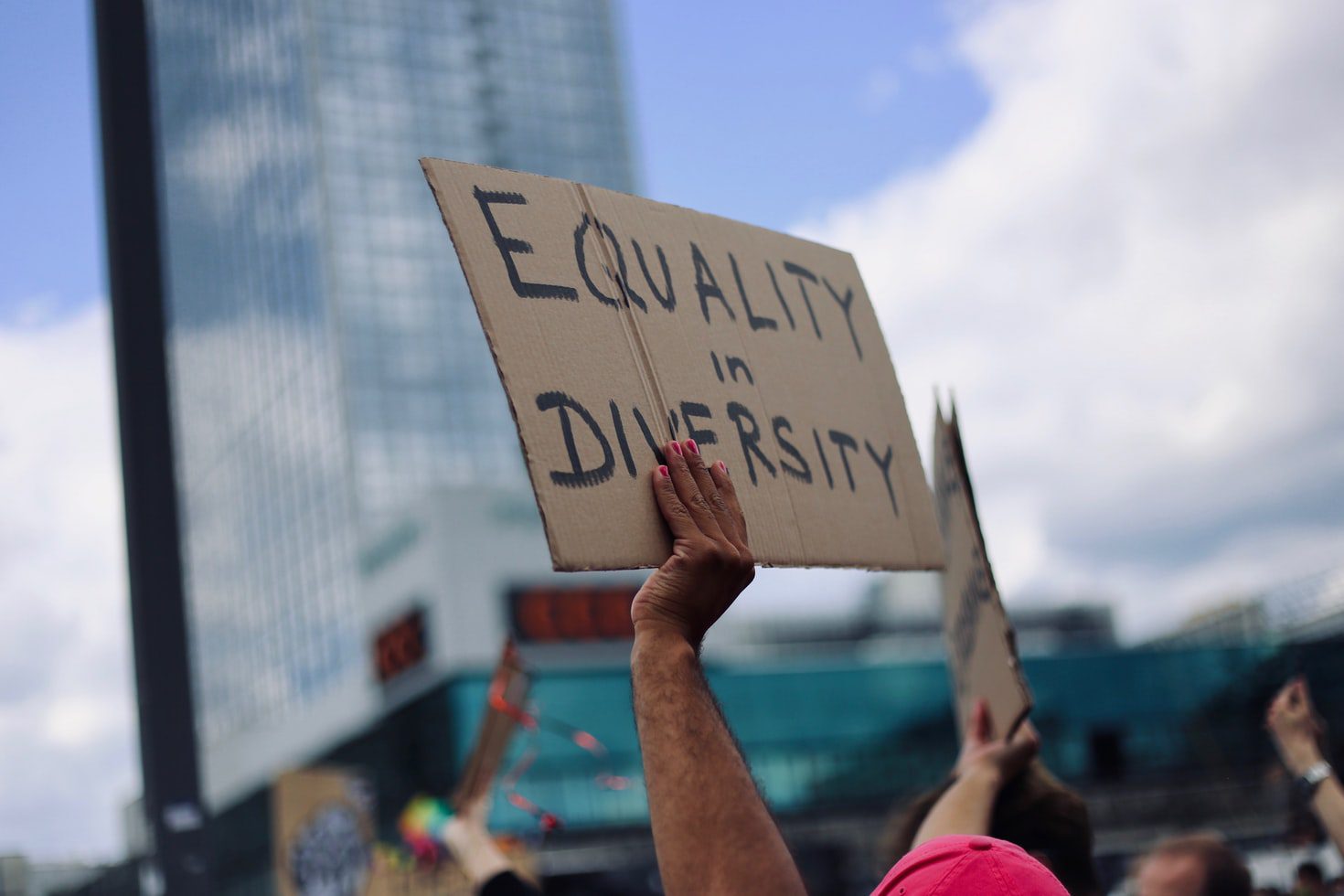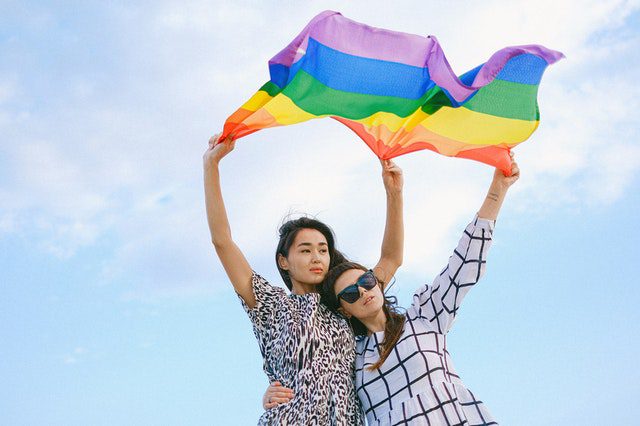
'Go Purple' For Spirit Day
Every year, on the third Thursday in October, millions of people wear purple to spread awareness and show their support of the young people in the LGBTQIA+ community.

What is Spirit Day?
LGBTQ+ youth face more and more homophobic bullying each year because of their sexual orientation or gender identities. These children are not only verbally harassed but sometimes face physical harassment as well, whether that is at school or elsewhere. So, every year in October, millions of people around the world "Go Purple" as a way of making a stand against bullying and discrimination against young LGBTQ+ people.
Being a part of Spirit Day means taking the pledge to increase visibility and awareness, join the global fight for equality and support LGBTQ+ kids who have been bullied. It means doing whatever we can for the LGBTQ+ youth to feel safe.
Another big part of Spirit Day is to increase awareness about how important representation is in media. On this day, many celebrities, organizations, global/local media outlets, and people on social media speak out about the importance of LGBTQIA+ representation in film, television, and games. For example, people use #whenifirstsawmyself to talk about the first time they saw their sexual orientation or unique gender identity represented in the entertainment industry.
Participants of Spirit Day not only honor the lives lost and stand up against bullying but also use it as a means to celebrate their sexual orientation and gender identity.

Spirit Day History
Every year, more and more LGBTQIA+ students are considering committing suicide due to homophobic bullying- bullying by their school classmates, teachers, and other school staff. In addition, many teens experience bullying from their parents.
The first Spirit Day happened in 2010. A high school student called Brittany McMillan posted a picture on social media in response to all the tragic stories of LGBTQ+ youth suicides due to bullying. In this Tumblr post, she commemorated and honored those lives lost. On October 20, 2010, she and her friends wore purple to show their support.
She was inspired by Pink Shirt Day- a general anti-bullying day observed in Canada. So, in 2010, McMillan began working with GLAAD to create Spirit Day. Since then, this day of observance has become recognized as an official LGBTQIA+ holiday. It is held on the third Thursday in October every year.
Many celebrities around the world support Spirit Day. Oprah Winfrey, Britney Spears, Drew Barrymore, and even the White House are some of the most notable celebrities. In addition, several Sports Teams, such as the Boston Red Sox, have showcased their support, too.
In 2014, transgender actress Laverne Cox hosted an event wherein lights were strung across the Empire State Building. In October 2021, the famous drag queen and Season 13 winner of RuPaul's Drag Race, Symone, alongside the president of GLAAD, Sarah Kate Ellis, lit the Empire State Building for Spirit Day.
Spirit Day is also observed in countries all over the world, such as in the Netherlands, where it is called "Paarse Vrijdag" or Purple Friday and celebrated on the second Friday in December.
Get Involved
There are many different ways to get involved and support the LGBTQIA+ youth this Spirit Day.
GLAAD
GLAAD offers many different ways to celebrate Spirit Day and get involved.
One way to do so is by taking the pledge on their website and publicly announcing that you support the LGBTQIA+. When doing this, you will be automatically redirected to a space where you can donate to GLAAD and help their fight against bullying in that way.
They also offer free, downloadable resources that help to educate and minimize stigma. You can educate yourself to become an even better ally, or you can spread these resources among friends and family to engage them in Spirit Day. You can further spread the word by using GLAAD's suggested hashtags on your social media.
The Trevor Project
Another great way to support LGBTQIA+ youth and observe Spirit Day is by getting involved in organizations that aid in the fight against bullying and harassment. One such organization is The Trevor Project.
Much like GLAAD, The Trevor Project offers free resources/reading material on becoming a better supporter and ally for the LGBTQIA+.
The Trevor Project also offers ways in which you can donate or help raise funds for their cause and initiatives that you can join. There is also the option to volunteer or work at The Trevor Project and show your support that way.
Spirit Day Parades
Much like LGBTQIA+ Pride Parades, many locally and internationally have begun hosting Spirit Day parades. They are an excellent way to get involved, show your support, and meet like-minded people who support the causes you do.
Wear Purple
If big parades aren't for you, perhaps because you are still in school or simply more introverted, wearing purple for Spirit Day is still a lovely gesture. You can even follow in the footsteps of Brittany McMillan and get your friends to wear purple as well.
Spirit Day FAQs
Why do we wear purple on Spirit Day?
Spirit Day is perhaps the most extensive anti-bullying campaign in the world, and wearing purple on Spirit Day is a way to show your solidarity.
October is National Anti-bullying Month, and people wear purple on Spirit Day to show support and stand against bullying. Purple is also worn as a sign of remembrance to honor LGBTQ+ students or youth who have committed suicide after harassment.
Why is it called Spirit Day?
The name for this holiday comes from the Rainbow Flag, which is used to signify the LGBTQIA+ community. The purple stripe in this flag symbolizes "spirit", which created the idea for Spirit Day and wearing purple.
Why do people wear purple on March 26?
Similar to Spirit Day, Purple Day was created to spread understanding and eliminate stigma. However, where Spirit Day is a day of remembrance for LGBTQIA+ young people, Purple day was begun to promote knowledge about Epilepsy and people who suffer from it.
What is The Trevor Project?
The Trevor Project is a non-profit organization established in America in 1998. Their focus is the prevention of suicide among the youth of the LGBTQIA+ community. Their website also offers trained counselors and a space to meet other young LGBTQIA+ people.



